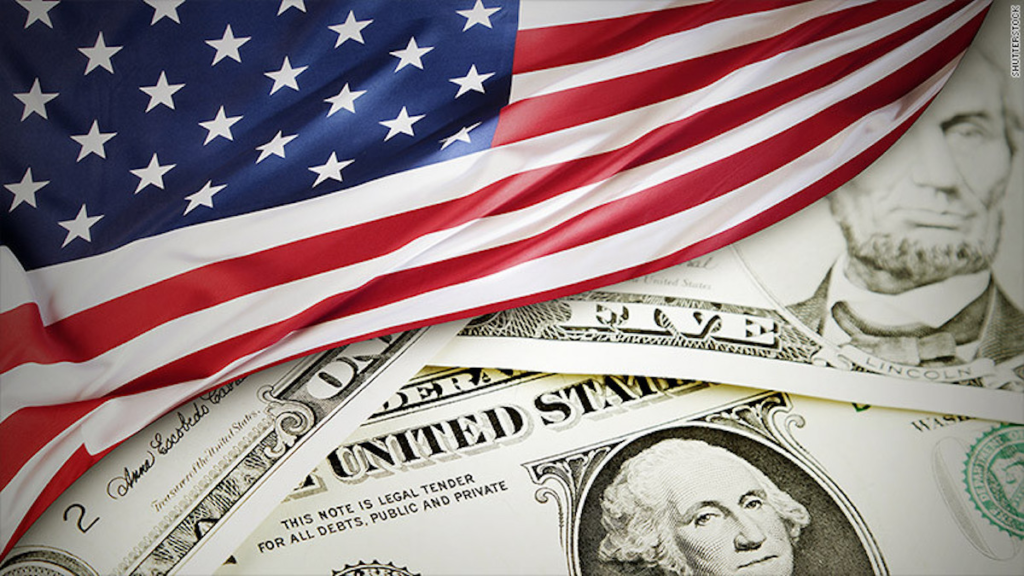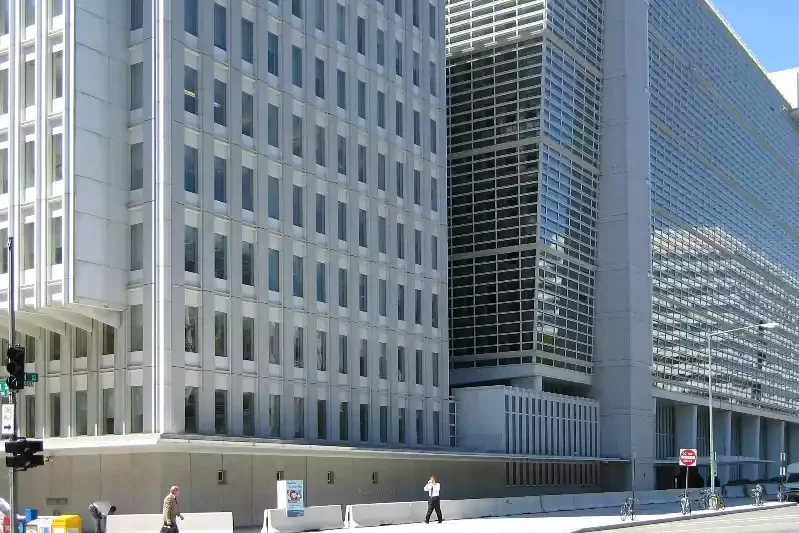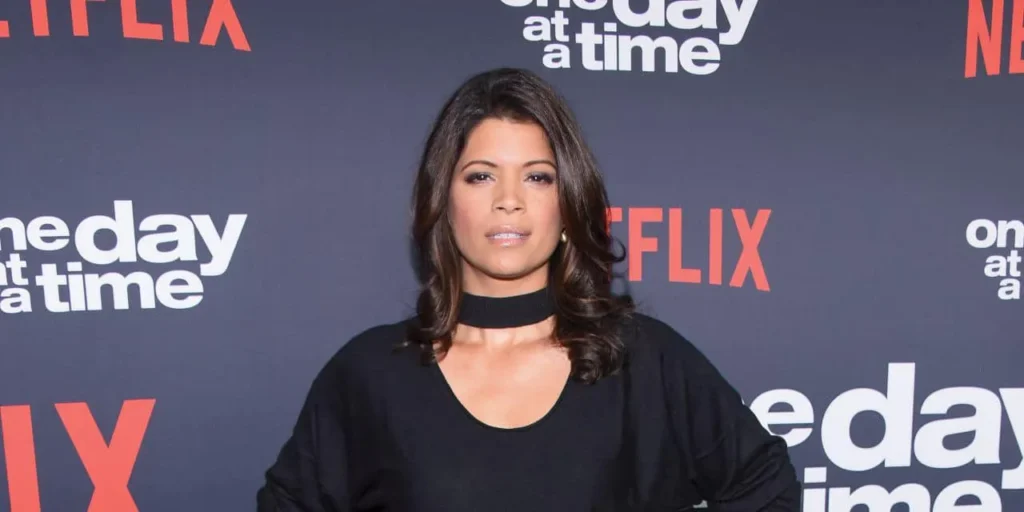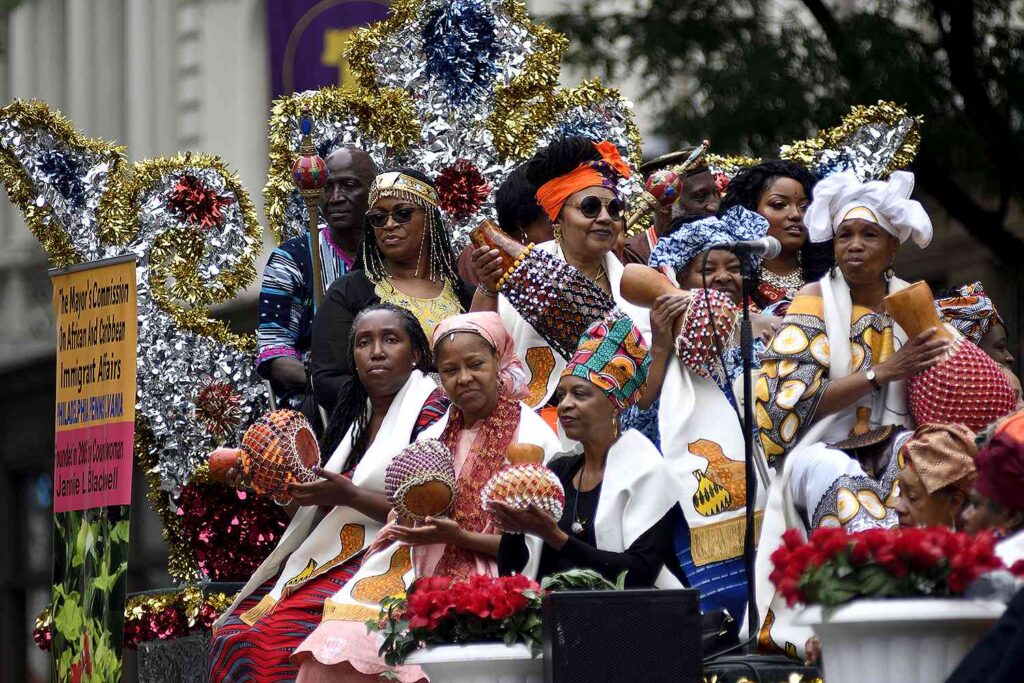Actions in the hottest big city in the United States
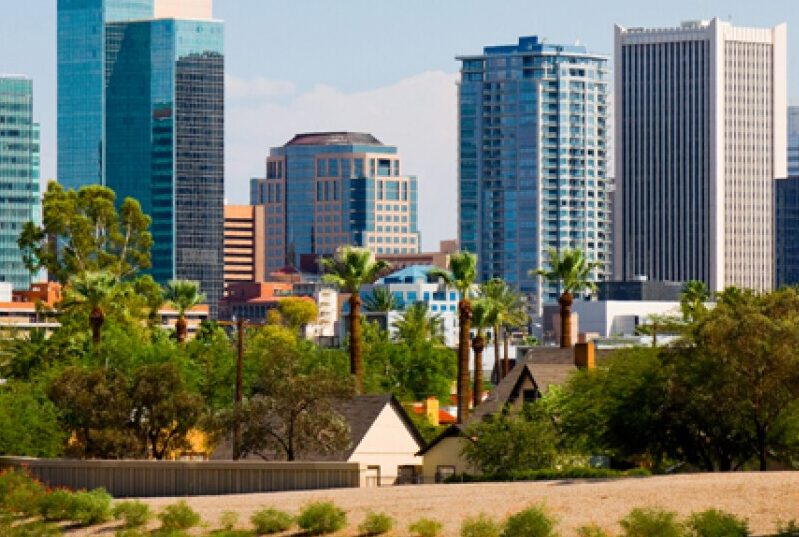
In the hottest large city in the United States, there are some actions to consider, given the adverse conditions.
Phoenix is breaking records for both high temperatures and death tolls, and learning the hard way that it’s not just about heat, it’s about vulnerability.
The hottest large city in the United States has turned deadly, as fossil fuel pollution raises temperatures to dangerous levels.
Temperatures are 5 to 6 degrees hotter in Phoenix now than the already scorching normal, and heat deaths in Maricopa County have more than quadrupled in the past seven years, jumping from 154 in 2016 to last year’s grim milestone of 645.
Coroners have confirmed nearly 40 heat deaths so far this year and placed more than 400 more under investigation before the end of July.
As such, fears are sparked that this year could be even deadlier.
Phoenix has become an experiment in real-time adaptation, as first responders, health workers and city planners scramble to maintain the city’s survival.
For generations, heat stroke victims were not iced until they reached the hospital. Not anymore.
In America’s hottest big city, every ambulance and fire truck carries ice packs.
When a person suffers heat stroke, first responders submerge them in the ice packs so they begin to cool immediately, a strategy that has worked well in sports and the military.
Read here: Tropical Depression Debby grows stronger
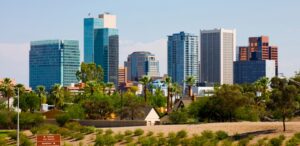
Actions in the hottest big city in the United States
Most commonly, the people suffering from heat illness are those who are homeless. Many also struggle with addiction.
With nighttime temperatures so high – sometimes above 32 °C in the middle of the night – data showed that most people sought emergency help just as the city’s cooling facilities closed.
Arizona Governor Katie Hobbs went a step further in March with an executive order pushing for the conversion of 18 shipping containers into solar-powered mobile cooling centers.
A 2021 Arizona State University study, titled “50 Grades of Shade,” found that lush, non-native trees on gravel and tightly arranged “urban canyons” and breezeways provide the most relief, but take time to grow and build.
In the meantime, those on the front lines are focused on saving lives, bag by bag in America’s hottest big city.

